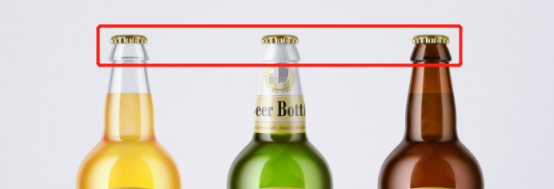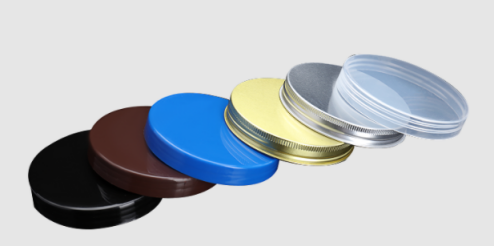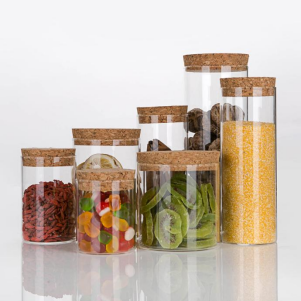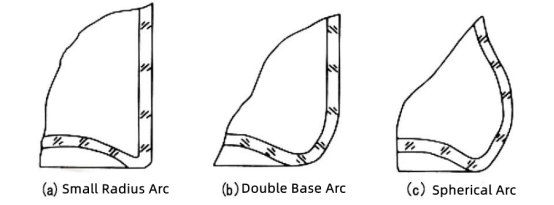The shape of the glass packaging container is mainly based on the bottle body. The molding process of the bottle is complex and changeable, and it is also the container with the most changes in shape. To design a new bottle container, the shape design is mainly carried out through the changes of lines and surfaces, using the addition and subtraction of lines and surfaces, changes in length, size, direction, and angle, and the contrast between straight lines and curves, and planes and curved surfaces produce a moderate texture sense and form. Through the changes of lines and surfaces, using the addition and subtraction of lines and surfaces, changes in length, size, direction, and angle, the contrast between straight lines and curves, planes and curved surfaces produces a moderate sense of texture and formal beauty.
The container shape of the bottle is divided into six parts: mouth, neck, shoulder, body, root and bottom. Any change in the shape and line of these six parts will change the shape. To design a bottle shape with both individuality and beautiful shape, it is necessary to master and study the changing methods of the line shape and surface shape of these six parts.
(1) Bottle mouth
The bottle mouth, at the top of the bottle and can, should not only meet the requirements of filling, pouring and taking of the contents, but also meet the requirements of the container cap. There are three forms of sealing the bottle mouth: one is a top surface seal, such as a crown cap seal (P1), which is sealed with pressure; the other is a screw cap (thread or lug) (P2) to make light The sealing surface at the top of the cleanser is closed. For wide mouth and narrow neck bottles. The second is side sealing, the sealing surface is located on the side of the bottle cap, and the bottle cap is pressed to seal the contents. It is used in jars in the food industry. The third is the inner sealing of the bottle mouth, such as sealing with cork (P3), and the sealing is done in the bottle mouth.



(2) Neck, Bottle Shoulder
The neck and shoulder are the connection transition parts between the bottle mouth and the bottle body, which should be designed according to the form and nature of the contents, combined with the shape, structural size and strength requirements of the bottle. At the same time, it is also necessary to consider the difficulty of production and filling of automatic bottle making machines. If the contents will rot under the action of residual air in the sealed bottle, only the inner diameter of the liquid in contact with the air should be selected to be the smallest bottle type.
(3) Bottle Body
The bottle body is the main structure of the glass container, and its shape can be diverse. However, in these shapes, only the circle is uniformly stressed around, the structural strength is the best, the molding performance is good, and the glass liquid is easily distributed evenly. Therefore, the glass container that needs to be pressure-resistant is generally round in cross-section.
(4) Bottle Heel
As the connection and transition part between the bottle body and the bottom of the bottle, the shape of the bottle is generally subject to the needs of the overall shape. However, the shape of the bottle has a great impact on the strength index of the bottle, such as the straight-walled bottle body, the use of small arc transition and the bottom of the bottle connection of the structural form, the structure vertical load strength is high, mechanical shock, thermal shock strength is relatively poor, often due to the bottle heel, bottle bottom thickness and different internal stress, when subjected to mechanical shock or thermal shock, here is very easy to rupture. The double bottom corner bottle is transitioned with a large arc,the stress in the structure is small, the mechanical shock, thermal shock and water shock strength are high, and the vertical load strength is also better. The bottom of the bottle is a spherical transition connection structure, and its mechanical shock and thermal shock strength are good, but the vertical load strength and water impact strength are poor.

(5) Bottom Of Bottle
The bottom of the bottle plays the role of supporting the container, and the strength and stability of the bottom of the bottle are very important.
Glass bottle bottoms are generally designed to be concave, which reduces contact points in the contact plane and increases stability.
The bottom of the bottle and the heel of the bottle adopt a circular arc transition, and the transition arc is conducive to improving the strength of the bottle and can.
स्कैन करने के लिए wechat :
